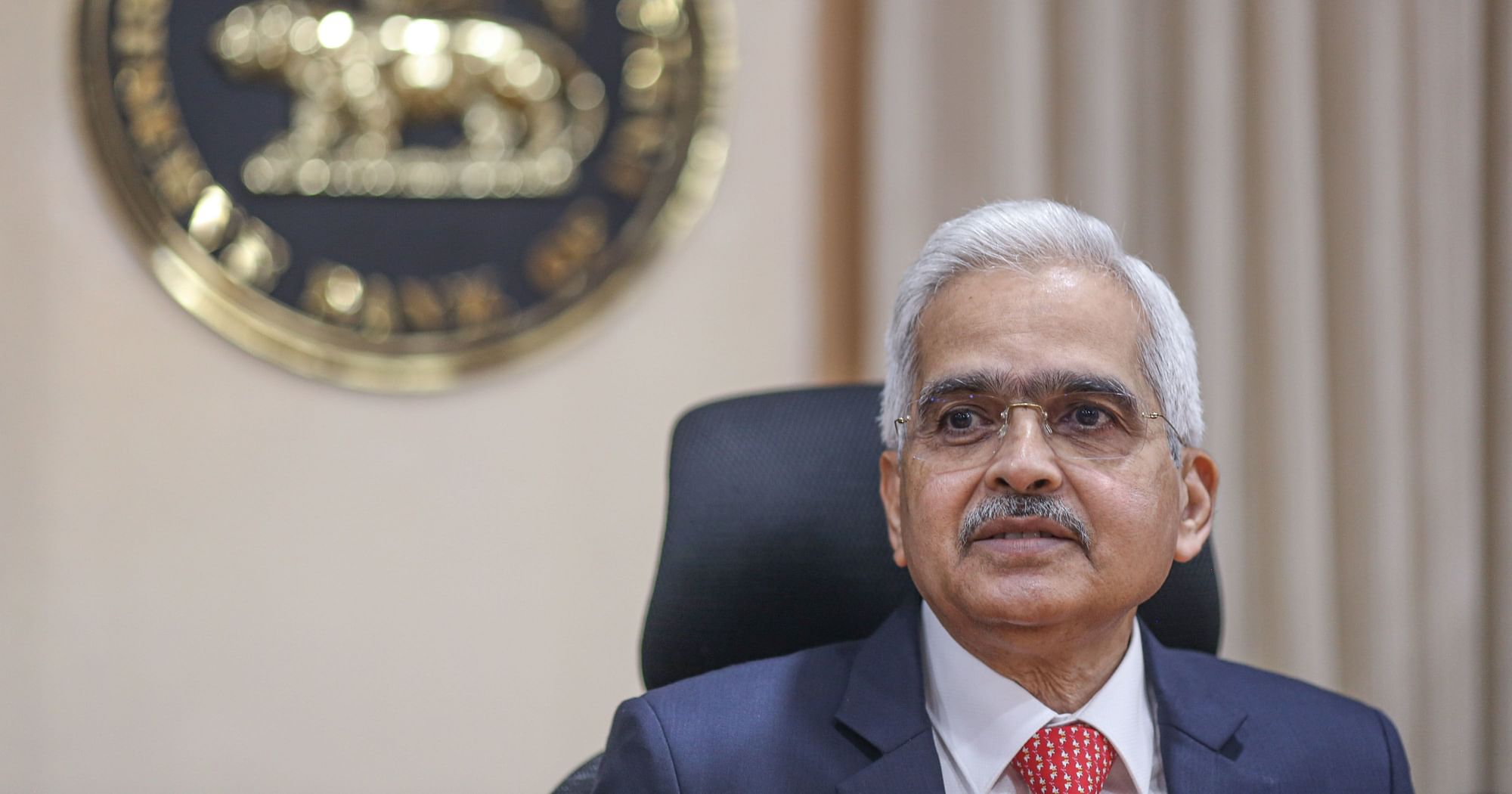Reserve Bank of India (RBI) Has Zero Tolerance for Rupee fluctuations.
India’s central bank has zero tolerance for volatile and bumpy rupee fluctuations and will continue to interact with the forex market, its governor said on Friday.

Governor of the Reserve Bank of India Shaktikanta Das said on Friday that the rupee is doing pretty well in comparison to the currencies of emerging market counterparts and developed economies. Das said that the Reserve Bank of India (RBI) has zero tolerance for volatility and erratic movement of the rupee and that central bank interventions have aided in smoother movement days after the rupee exceeded the 80-mark versus the dollar.
Das made these remarks while participating in a banking summit hosted by the Bank of Baroda. In addition to this, he said that the nation’s central bank has enough amount of foreign currency reserves to deal with the current crisis since it has been stockpiling these reserves in preparation for a scenario similar to the one that exists now.
Das said that the Reserve Bank of India does not have a target level in mind for the rupee, and because there is a true dollar shortage on the market, the central bank has been providing dollars. “RBI has been supplying US dollars to the market to ensure adequate supply of liquidity. Also, it is necessary to look at unhedged forex exposures factually, rather than being alarmed by it,” he said while speaking at the banking conference on Friday.
He said that the inflation targeting framework has worked well since it was put in place in 2016. He also said that the same should keep happening for the economy and the financial sector.
Since the beginning of this year, the rupee has seen a depreciation of almost 8 percent, and during the course of the last few sessions, it has been setting new record lows when measured against the United States dollar. The currency has surpassed the 80 threshold as a direct result of the Federal Reserve’s decision to tighten monetary policy and the subsequent withdrawals of funds by foreign portfolio investors from the capital markets. The growing trade deficit and capital outflows from India have both contributed to an increase in the dangers for the Indian rupee.
Experts see the recent decision made by the RBI to enable cross-border commerce transactions in rupees as a timely move and a step toward the internationalisation of the currency. This view is supported by the fact that the RBI made the announcement.
According to a report by Reuters, the Reserve Bank of India (RBI) was reportedly ready to sell another one hundred billion dollars in order to protect the rupee from more severe declines. Since reaching an all-time high of $642.450 billion at the beginning of September, the RBI’s currency reserves have dropped by more than $60 billion, mostly because of dollar selling intervention but also partially as a result of changes in value.













